Rainwater harvesting is a great strategy for reducing domestic water use and protecting our homes and the land surrounding it. Harvesting rainwater can lead us to dozens of other practices that bring us into greater sustainability.
The three potential sources for harvesting rainwater:
Direct rainfall, street harvesting and roof harvesting.
Design landscapes to manage and store rainwater:
The easiest source of rainwater to collect is that which falls on the yard. Proper placement of plants, trees and water sources can turn a site into an efficient rainwater management system. Some techniques include: shaping the surface of the soil with swales and berms to slow down runoff, raising paths and patios, and sinking all planting areas to direct and capture water.
Choose plants - primarily natives ones - that can absorb and hold water in their root systems or pass it down to the water table. This way, rainwater doesn’t run off into the street where it can collect toxic debris and chemicals, carrying them into local waterways.
Harvesting runoff:
The second source of rainwater is the street. Streets aren’t flat; they are typically graded so that water flows to the curb, down the block to a gutter and into the storm drain. In some cities, storm drains are connected to the sewage treatment plant and heavy rains can cause them to overflow, sending raw and partially treated sewage into lakes and rivers.
Other cities connect storm drains to underground creeks, and polluted water can run straight into nearby waterways and aquifers. If there are ways to divert water-to-water storage areas, you can change street rainwater from being a problem to a resource.
The third source of rainwater is the roof. Even in areas with low rainfall there is enormous potential for harvesting rainwater. A 1,000 square foot house can collect about 2,300 litres per inch of rain. So in an average year with 23 inches of rain in Toronto, for example, that small roof could collect 53,000 litres of water.
Rainwater collection and storage:
A water catchment system for roof rainwater is simple, and can store water for outdoor irrigation.
-
Gutters: Rainwater gathers in gutters, is directed to the downspout, or a 'first flush' pipe, then stored in barrels or cisterns.
 Rainwater harvesting 'first flush' clean out © Michael Casey
Rainwater harvesting 'first flush' clean out © Michael Casey - “First Flush”: The first rain of the year is the dirtiest as it cleans the roof. Water can be directed away from the tank in a first flush system (shown to the right) and subsequent water continues to the tank.
- Screen: tops of tanks should include screens to further filter leaves and debris and protect mosquitoes from breeding.
- Storage: Above ground tanks should be dark to inhibit algae growth. They should also be designed either to operate safely in winter or be easy to install and remove seasonally.
- Irrigation: A hose attachment is located near the bottom for irrigation.
- Overflow: Commercially available rain barrels should should come with an overflow tube or at least a whole where one can be installed. This enables connecting multiple barrels together for additional storage to ensure you can capture as much as you wish (see image below right).
 |
|
Multipe rain barrel system © Ecohome
|
Rain barrels are a popular way to begin rainwater harvesting, especially in urban areas. They are low cost and can be installed beside houses, under decks, or in other unused spaces.
There is a huge range of options for large single storage tanks (cisterns). They can be made from plastic, ferrocement, metal or fiberglass, and range in size from 50 gallons to thousands of gallons.
Indoor use:
Stored rainwater can be very safely used for toilet flushing and showers. EPA and other research has shown that rainwater harvested using a "first flush" system and protected from light is safe to use for bathing and other household use.
 |
|
|
With a sizeable underground cistern, it is possible to meet the entire annual flushing needs of a household with only rainwater, as sytems can be charged in winter with snow melt on warmer days.
Drinking rainwater:
Filtering only the small amount of water used for drinking with passive filters such as the ceramic filter shown to the right, or with slow sand filters, greatly reduces system cost, and offers an affordable solution for people needing clean drinking water.


















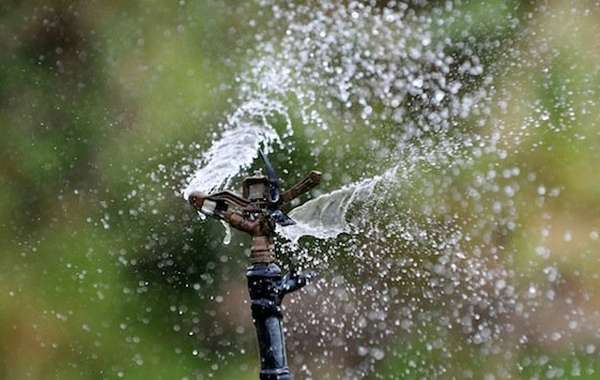


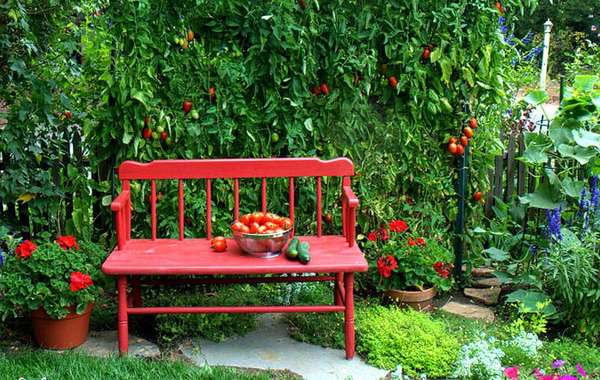



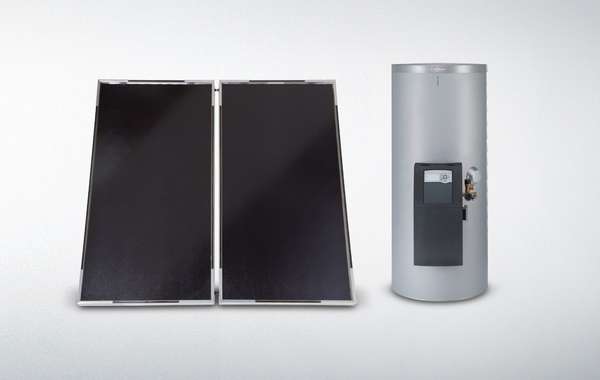
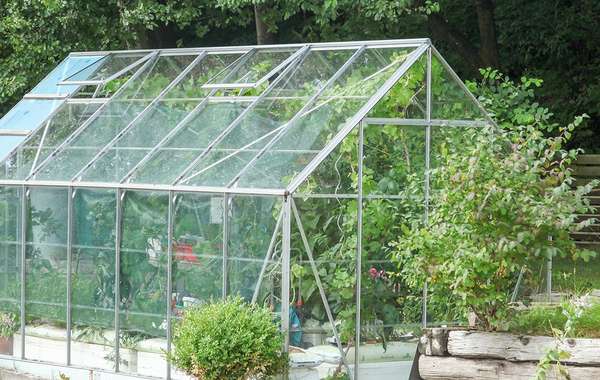
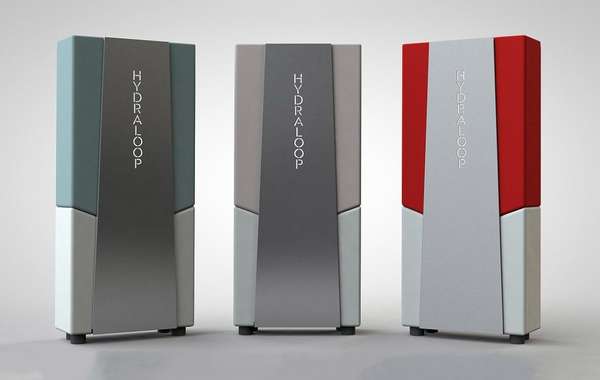
I like the article and the ideas but .... I think the math on the water for a year is not right here is what google says.... https://www.google.com/sear...
That was definitely a funky number, thanks for catching that!
Rainwater harvesting is the method of collecting rainwater from an impervious surface and directing it to a location where it shall be used or stored for later utilize. The process wherein it is stored in tanks for residential or commercial use is active rainwater harvesting.
Rainwater harvesting is a highly effective strategy for reducing domestic water consumption and promoting sustainability. By leveraging direct rainfall, street runoff, and roof collection, homeowners can significantly decrease their reliance on municipal water supplies. Implementing efficient storage systems, such as rain barrels or cisterns, along with effective filtration techniques, ensures that harvested rainwater can safely be used for irrigation, toilet flushing, and even drinking. This approach not only conserves water but also mitigates potential pollution in local waterways.